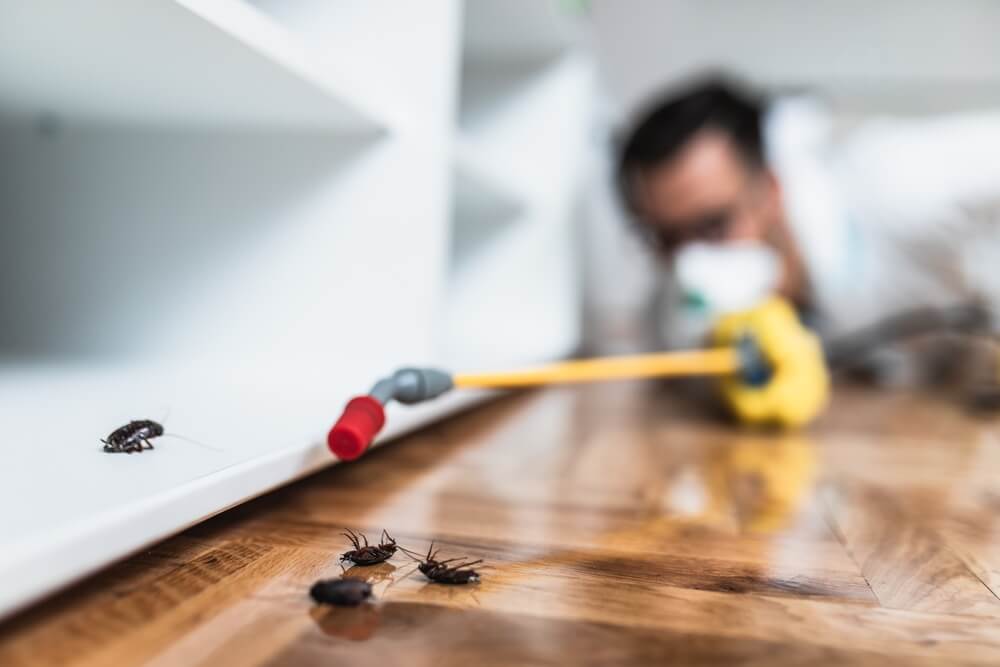Termites are silent destroyers, capable of causing significant damage to homes before homeowners even realize there’s a problem. Preventing termite infestations requires a strategic approach that combines prevention, early detection, and effective treatment. Understanding the conditions that attract termites is the first step. These pests thrive in moist, dark environments, so controlling moisture levels around your property is essential. Simple actions like fixing leaks, maintaining proper drainage, and ensuring good ventilation in crawl spaces can make a big difference in keeping termites at bay. A critical aspect of termite prevention is eliminating potential food sources near your home. Termites feed on cellulose, a material found in wood, paper, and cardboard. By removing dead trees, stumps, wood piles, and other debris from your yard, you minimize the chances of attracting these pests. Additionally, keeping wood structures such as decks and fences well-maintained and away from direct contact with the soil can help create a physical barrier that deters termites from accessing your home.

Regular inspections play a vital role in early termite detection and control. It is recommended to inspect both the interior and exterior of your property at least once a year. Look for common signs of termites, such as mud tubes, discarded wings, and damaged wood that sounds hollow when tapped. Early identification of termite activity allows for swift action, preventing costly damage and complicated treatments down the road. Homeowners should remain vigilant, Anthem termite control particularly during warmer months when termites are most active. Physical and chemical barriers can provide an added layer of protection against termites. Physical barriers involve using materials like metal meshes or sand during construction to block termite entry points. Chemical barriers, on the other hand, involve treating soil around the foundation with termiticides, creating a zone that repels or kills termites upon contact. When applied correctly, these methods are highly effective at preventing infestations before they start.
Another proactive measure involves using termite-resistant building materials. When constructing or renovating your home, consider options like treated lumber or naturally resistant woods such as cedar and redwood. Incorporating these materials into critical areas like foundations, window frames, and roofing can substantially reduce the risk of termite damage over time. Proper construction practices, such as ensuring a gap between soil and wood parts of the building, are also crucial for long-term protection. Maintaining a termite-free home requires a combination of vigilance, prevention, and action. Homeowners who commit to regular inspections, moisture control, and appropriate barrier systems are far less likely to face serious termite issues. By implementing a comprehensive, layered strategy, it is possible to keep termites away for good and protect the integrity and value of your home for years to come.
